Overview: Modern Electric and Hybrid Vehicles are the future of sustainability. This article will review some of the promising options in the EV/HEV industry.
Internal combustion engine (ICE) vehicles have been used in many different ways for more than a century, but they don't meet the needs of today, such as being fuel-efficient and putting out little carbon. EVs/HEVs have gotten a lot of attention in the past few decades because they are seen as one of the best ways to solve the problems caused by ICE vehicles. This article is more of a way to show how different technologies work than a review of all the EVs on the market.
1. Toyota Prius XLE AWD-e
One of the most popular hybrid electric vehicles (HEVs) on the market is the Toyota Prius, which is also known for getting great fuel mileage. Fig. 1 shows the 2021 Toyota Prius XLE AWD-e. It has the same good qualities as the fourth-generation model and uses all-wheel drive technology to make it easier to drive. The fuel efficiency of the fourth-generation Prius has been improved by 18% thanks to changes like a redesigned engine, an improved hybrid transaxle, a smaller Ni-MH battery, and a smaller power control unit.
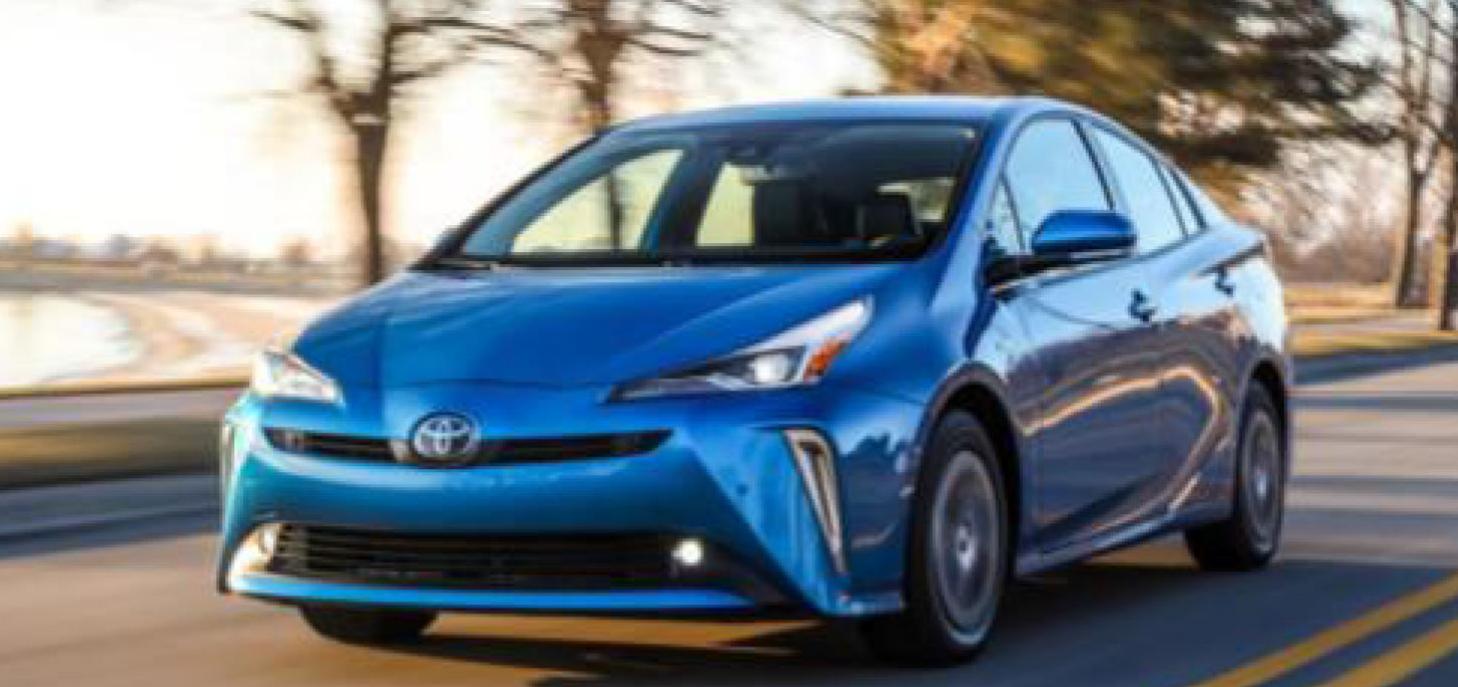
Fig. 1. Toyota Prius XLE AWD-e. Source: IEEE Open Journal of Vehicular Technology.
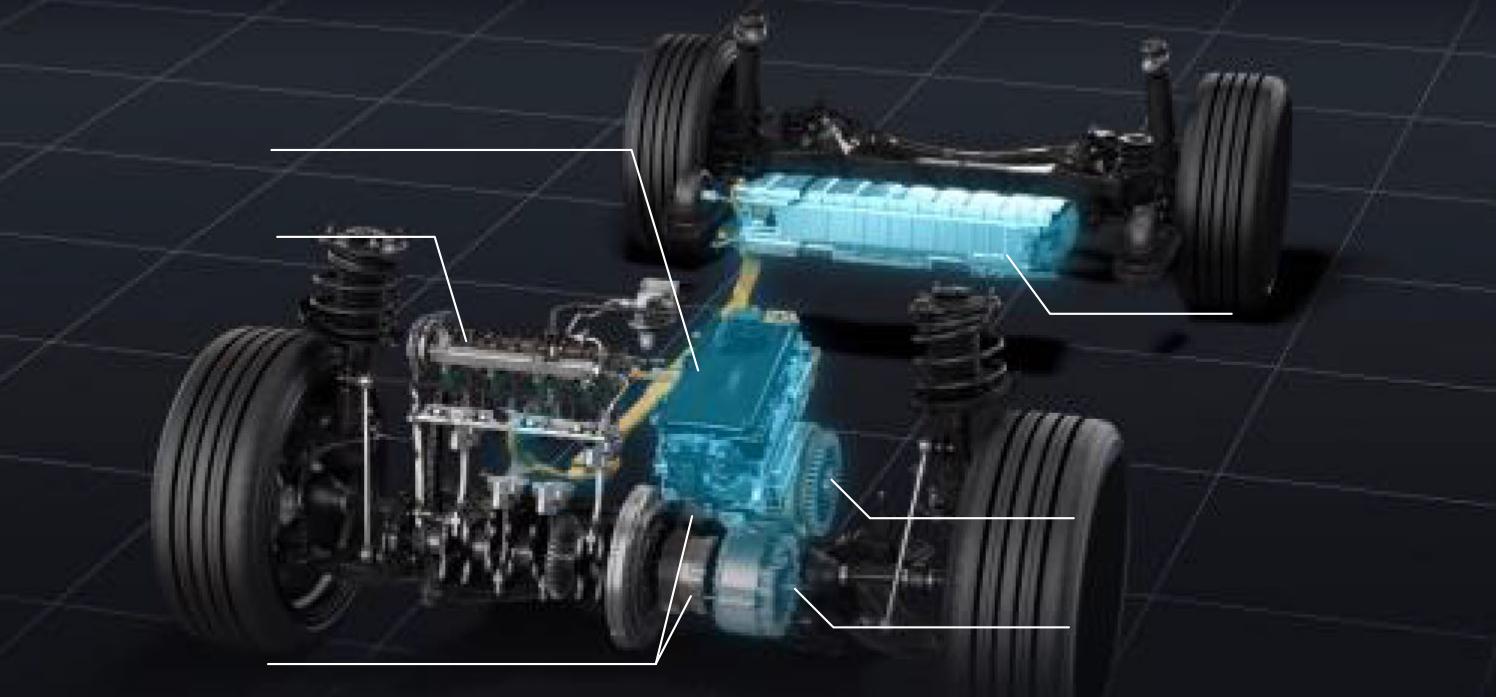
Fig. 2. Hybrid transaxle. Source: IEEE Open Journal of Vehicular Technology.
Fig. 2 shows that the hybrid transaxle is the most important change in the fourth-generation Prius. In particular, the drive motor and generator are now spread out over multiple axles, and the planetary gears have been replaced with parallel gears. Because of this, the mechanical loss goes down by 20%, and the unit length goes down by 47 mm. The high-performance engine also has a thermal efficiency of 40%. This is made possible by the strong airflow in the combustion chambers; the large-volume cooled exhaust gas recirculation (EGR), the dual cooling system, and the newly designed water-cooling jacket. Also, using low-loss parts in the power control unit cuts losses by 20%, which means the size of the unit can be cut by 33%.
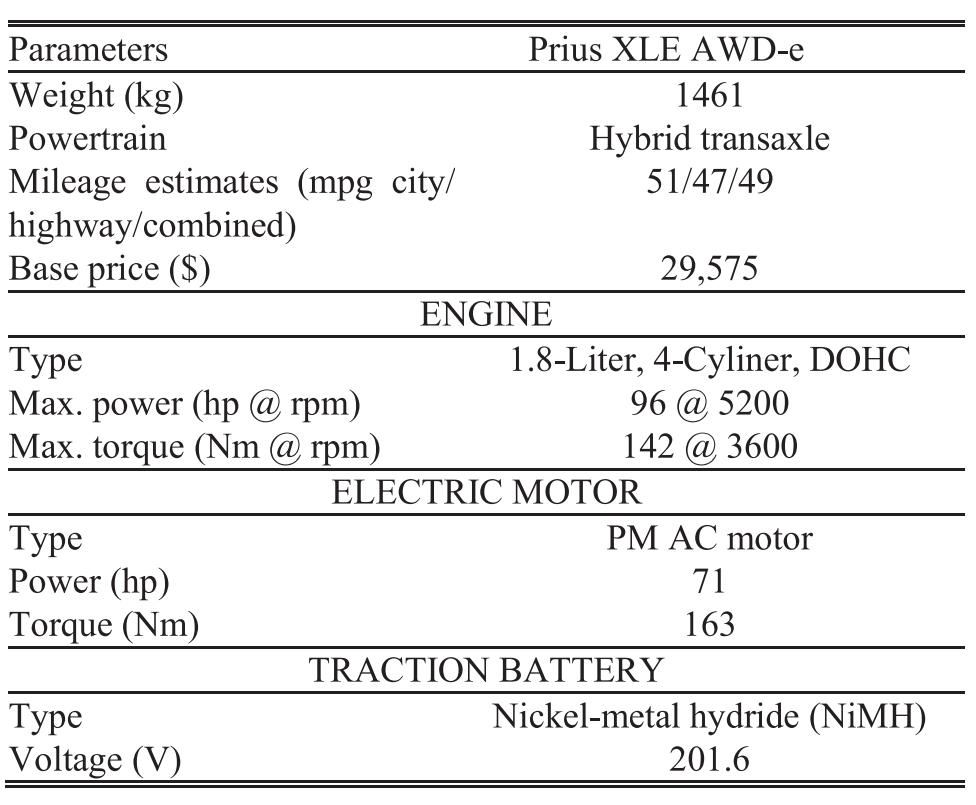
Table 1. Specifications of Prius XLE AWD-e. Source: IEEE Open Journal of Vehicular Technology
Table 1 is a summary of the 2021 Prius XLE AWD-full e's list of components. With the above improvements, the Prius XLE AWD-e can get an impressive 49 mpg in combined driving conditions, which is a great fuel economy.
2. Tesla Model S Plaid
Tesla has four lines of electric vehicles (EVs): the Model X, the Model Y, the Model 3, and the Model S. The first three EVs have gotten a lot of attention because of how well they perform, but the Model S is generally thought to be the best of the Tesla EVs. Fig. 3 shows the latest Tesla Model S Plaid, which uses the Tri-motor all-wheel drive (AWD) system, as shown in Fig. 4.
For current AWD EVs, power from a single engine is sent to all four wheels through complicated mechanical structures. This makes the system less efficient. For the Tri-motor AWD in the Model S Plaid, on the other hand, one motor is in the front, and the other two are in the back of the EV. These three motors can be controlled separately to move the front and back wheels, making the car go faster and more efficiently.
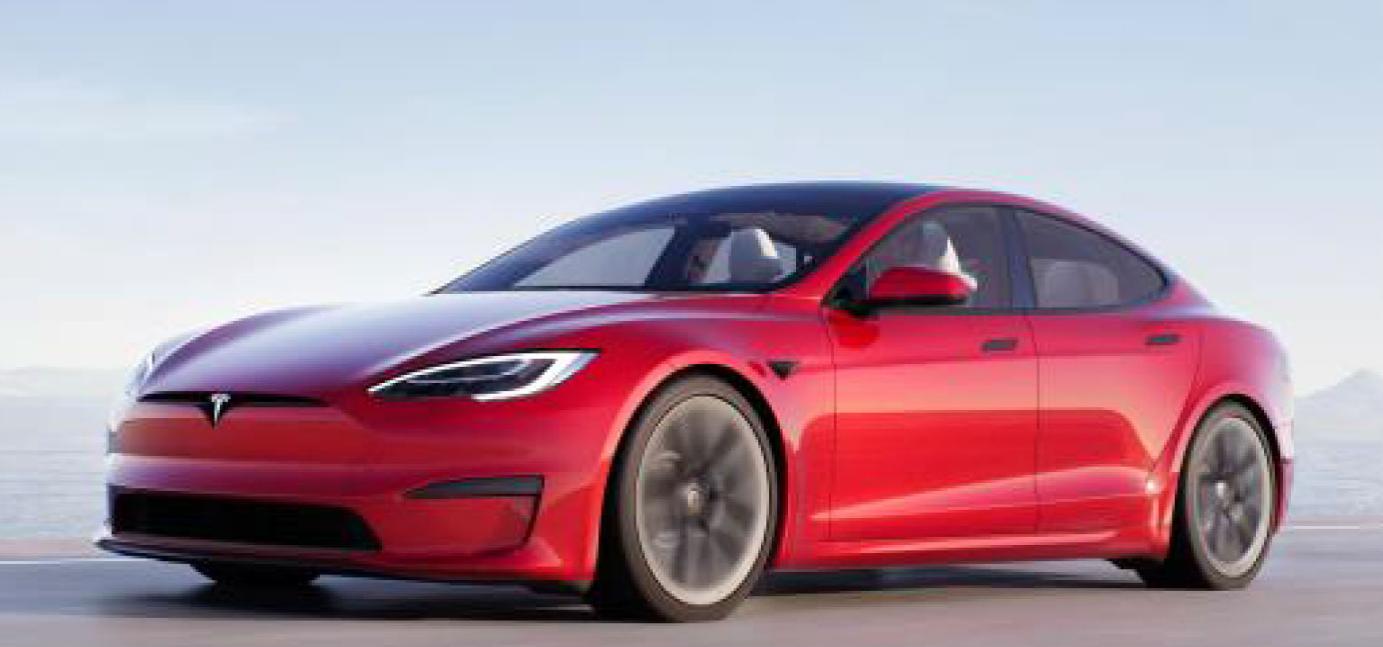
Fig. 3. Tesla model S plaid. Source: IEEE Open Journal of Vehicular Technology.
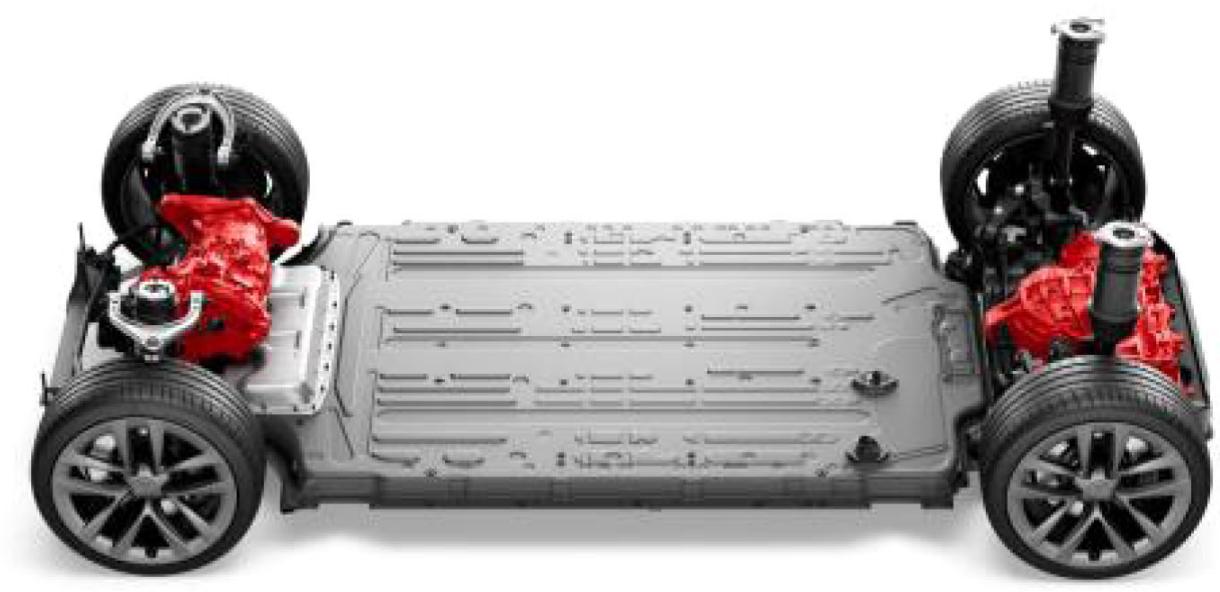
Fig. 4. Tri-motor AWD system. Source: IEEE Open Journal of Vehicular Technology
Table 2 contains a list of the Model S Plaid's specifications. It should be noted that the Model S Plaid has a top speed of 322 km/h and a peak power of 1020 hp. Furthermore, thanks to the promising powertrain, the speed acceleration from 0 to 100 km/h can be completed in 2.1 seconds. The maximum driving range per charge is 637 km, which is a significant increase over the current EV competitors.
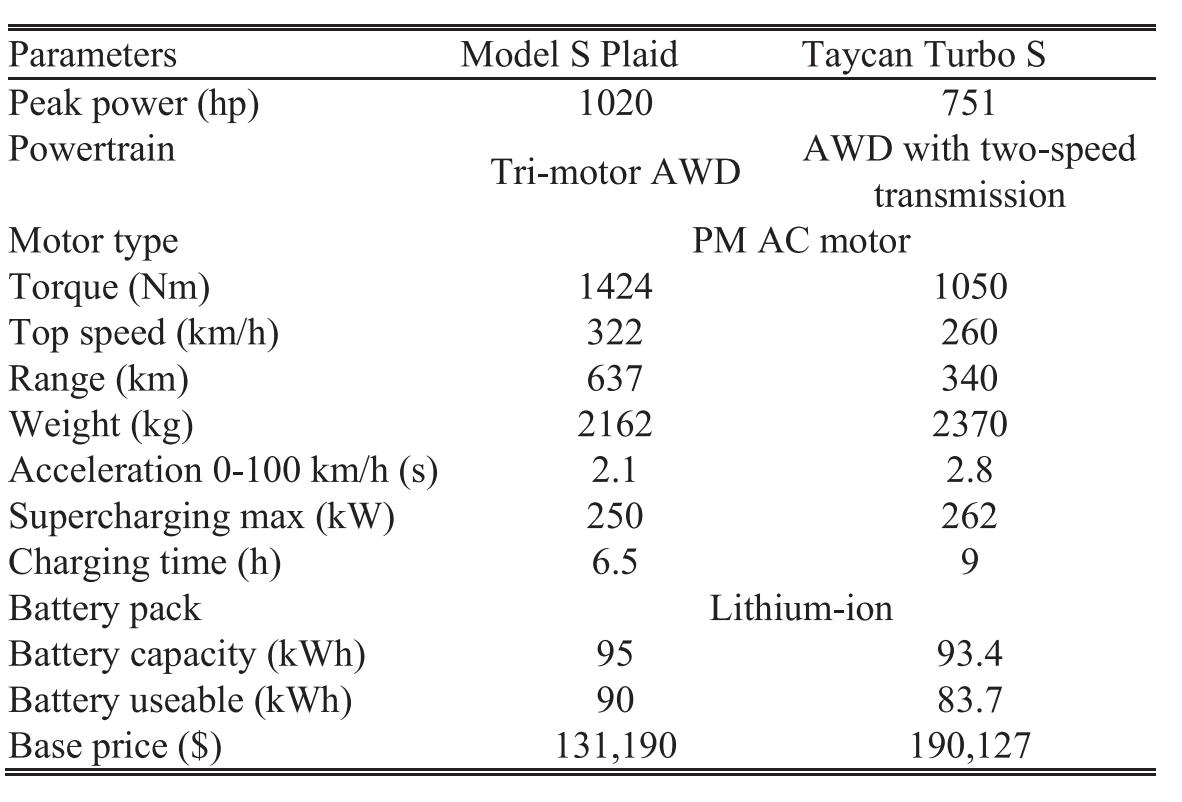
Table 2. Specifications of Model S Plaid and Porsche Taycan Turbo. Source: IEEE Open Journal of Vehicular Technology
3. Porsche Taycan Turbo S
The Porsche Taycan is the company's first entry point into the EV market. The Porsche Taycan Turbo S has been hailed as one of the best EVs in the world because it is the most potent model of the Porsche Taycan series. The Porsche Taycan Turbo S, which uses a two-speed transmission on the rear axle, is depicted in Fig. 5. Porsche has developed a novel technology with this new powertrain. The two-speed transmission system has two gears, one of which is used to accelerate the vehicle to high speeds while the other is used to maintain the vehicle's high power and efficiency.
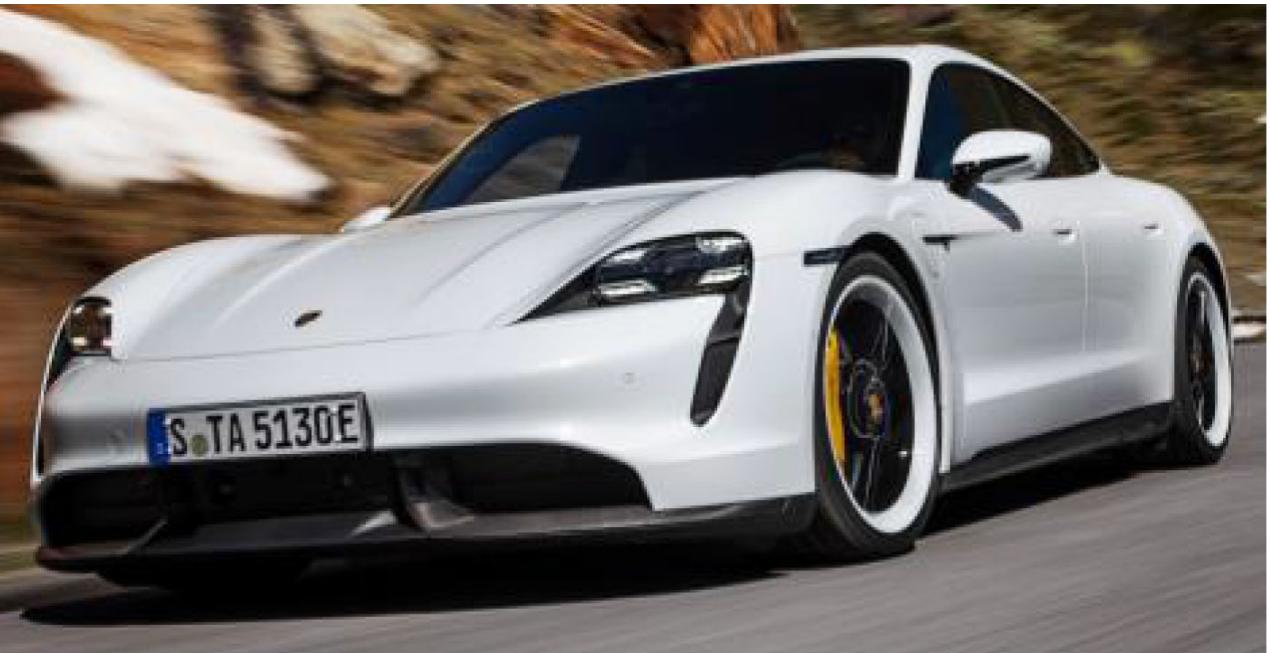
Fig. 5. Porsche Taycan Turbo S. Source: IEEE Open Journal of Vehicular Technology.

Fig. 6. Porsche Taycan Turbo S Drive unit. Source: IEEE Open Journal of Vehicular Technology
Table 2 provides a list of the Porsche Taycan Turbo S's specifications. It should be noted that the Porsche Taycan Turbo S has a top speed of 260 km/h and a maximum power of 751 hp. Additionally, it takes only 2.8 seconds to accelerate from 0 to 100 km/h. The average charging time is nine hours, and the maximum driving distance per charge is 340 km.
Summarizing with key points:
Some of the takeaways from the article are as follows:
- Internal combustion engine vehicles have been used for a variety of purposes for more than a century, but these vehicles do not satisfy the requirements for fuel efficiency and carbon emissions that are in place today.
- In recent years, electric and hybrid vehicles have come to the forefront as one of the most promising alternatives to internal ICE cars and trucks.
- As the fourth-generation model, the Toyota Prius comes standard with all-wheel drive as well as other desirable qualities.
- The engine, hybrid transaxle, Ni-MH battery, and power control unit of the fourth-generation Prius have all been redesigned, which has contributed to an 18% increase in the vehicle's fuel efficiency.
- The hybrid transaxle, which has a thermal efficiency of 40%, is the most significant change that was made to the Prius for its fourth generation.
- Tesla makes the Model X, Model Y, Model 3, and Model S EVs. Despite the success of the company's first three electric vehicles, the Model S is widely regarded as Tesla's crowning achievement.
- The Porsche Taycan Turbo S, the most powerful model in the series, has a two-speed transmission mounted on the rear axle. It is widely regarded as one of the finest electric vehicles available anywhere in the world.
This blog post is part of a full research article from the IEEE Open Journal of Vehicular Technology






